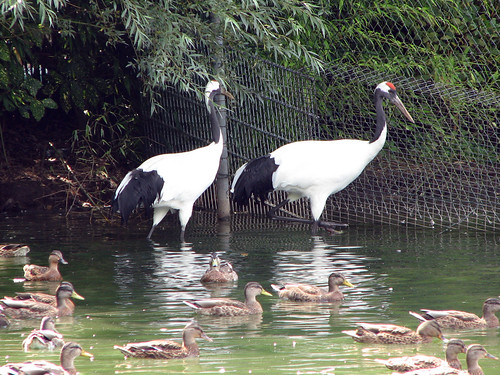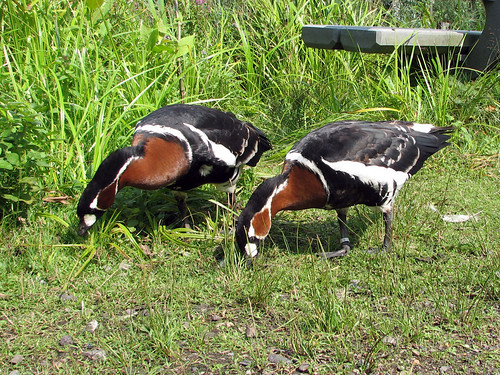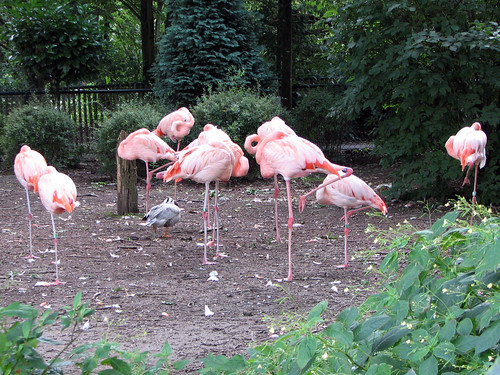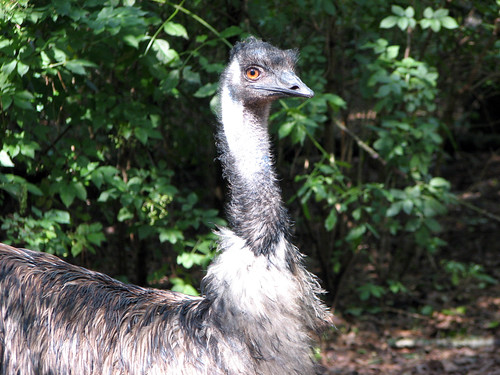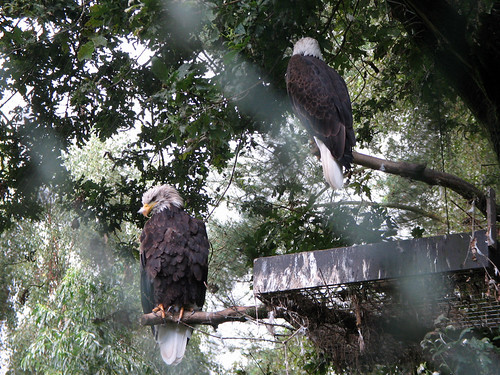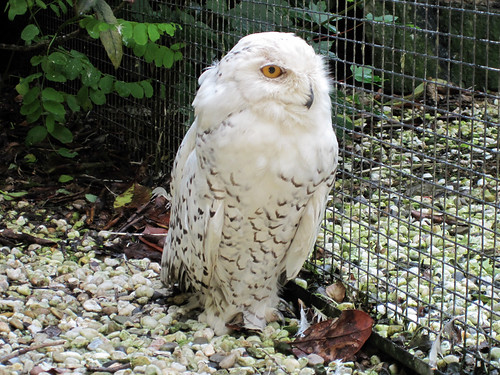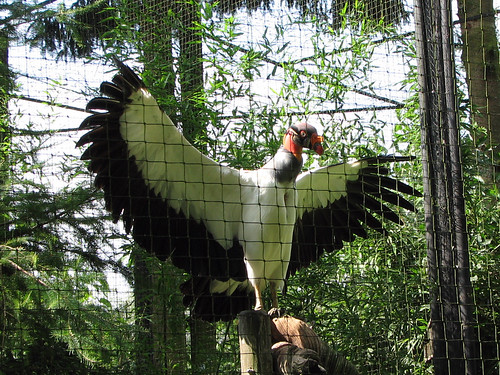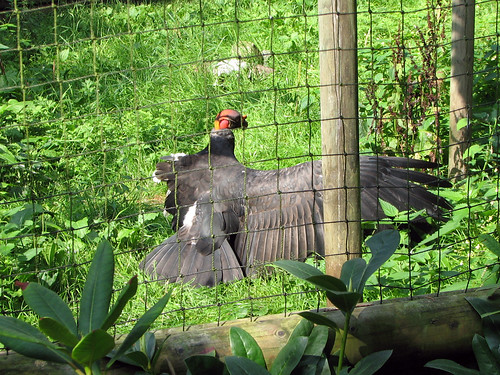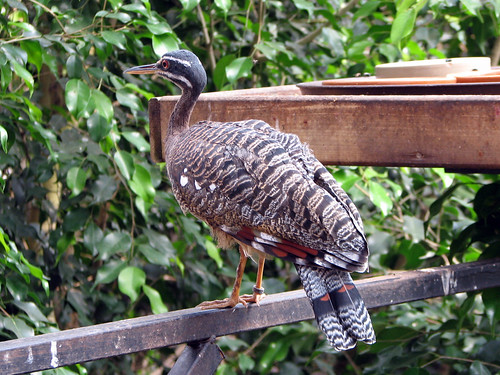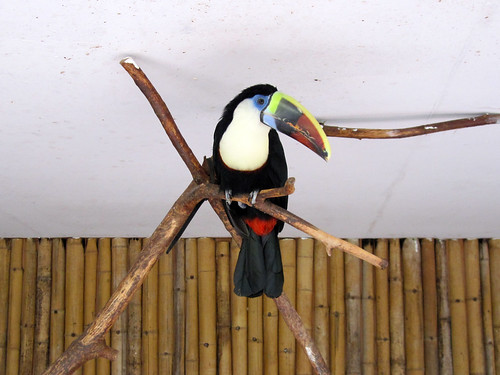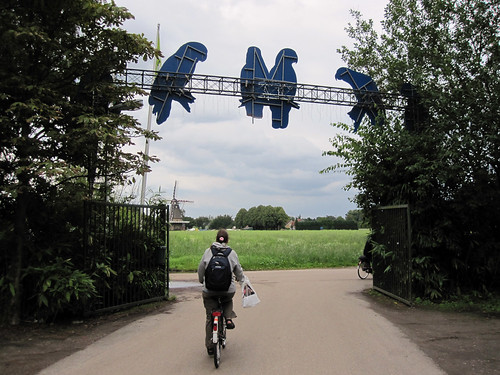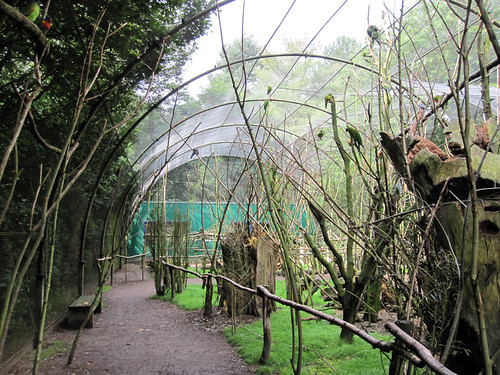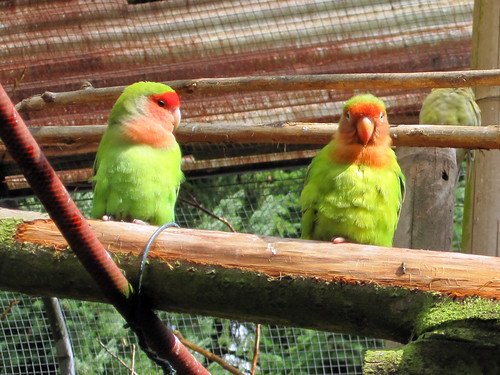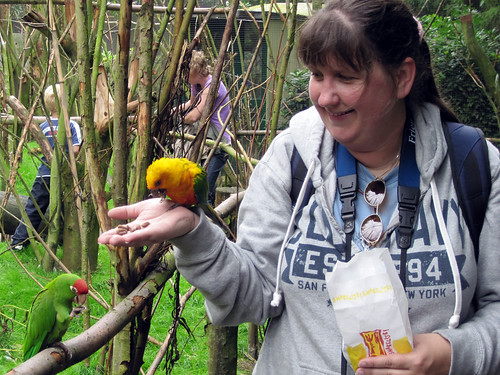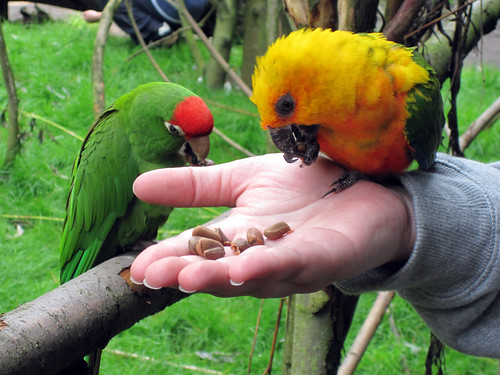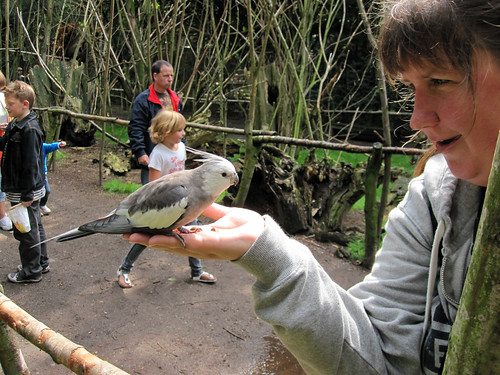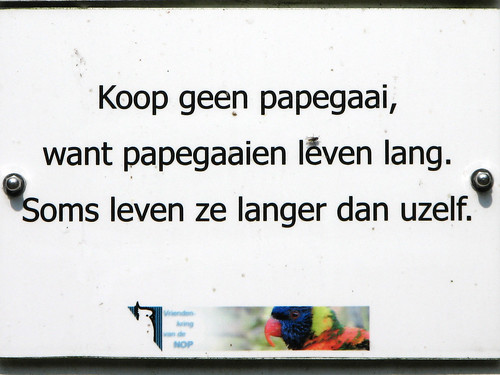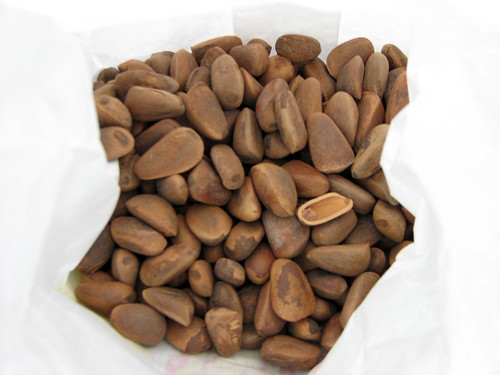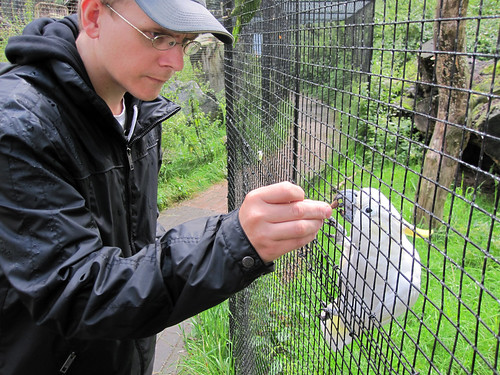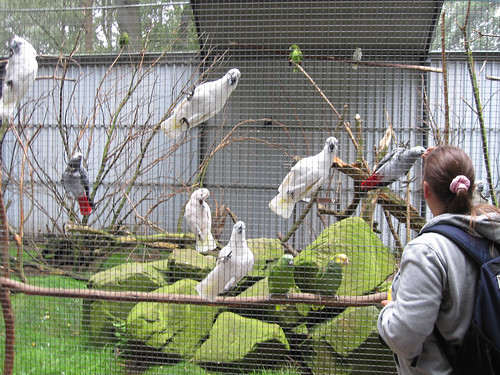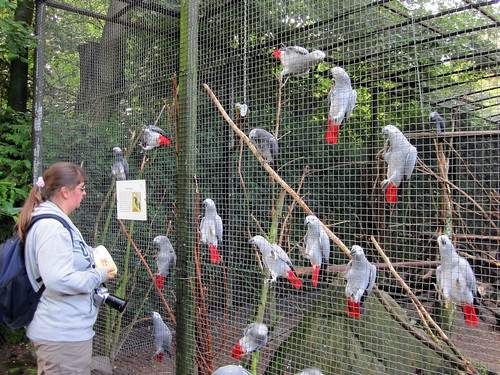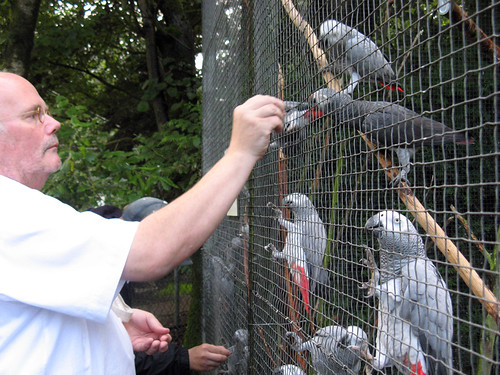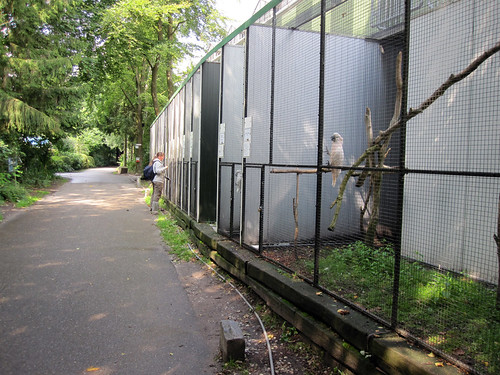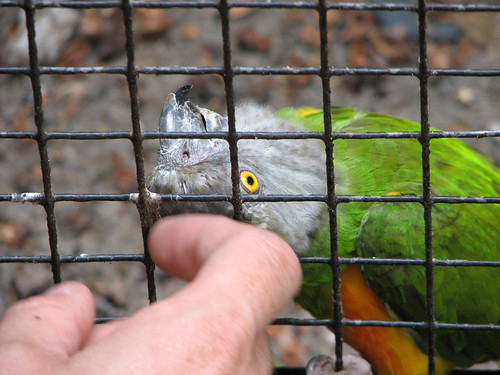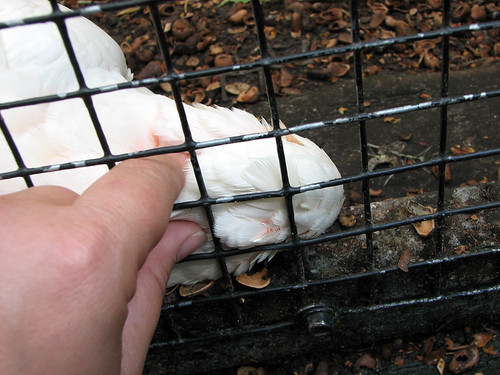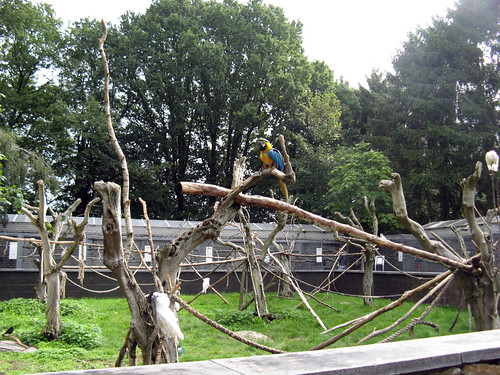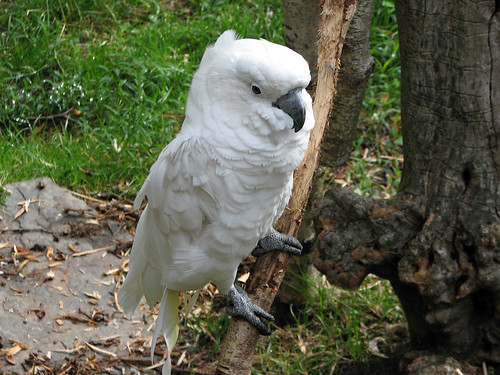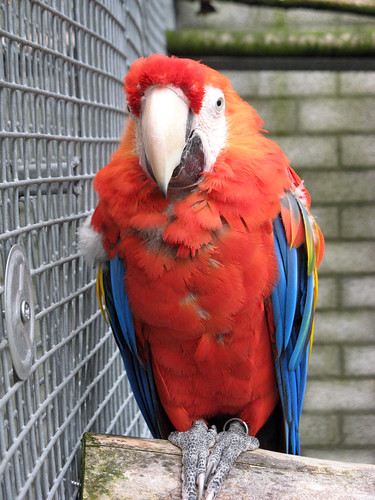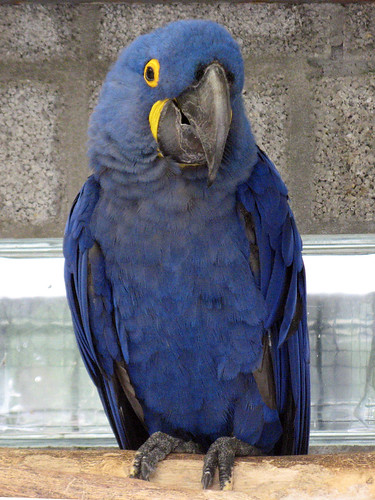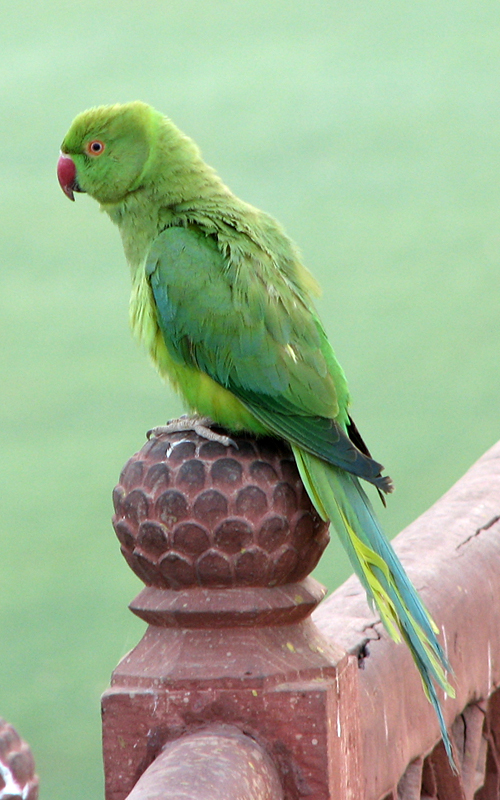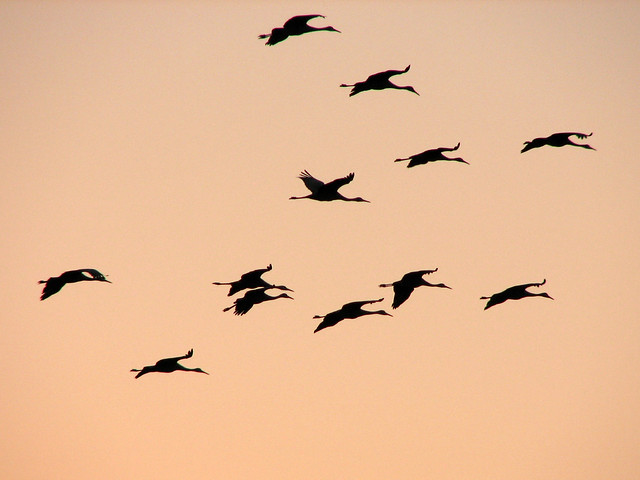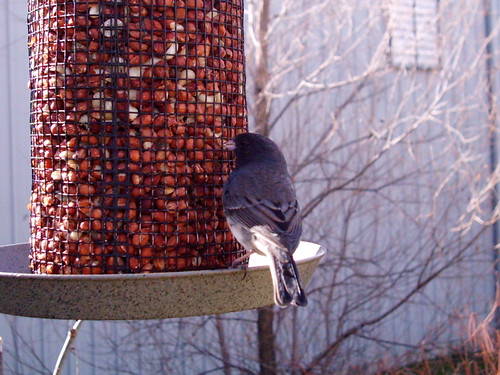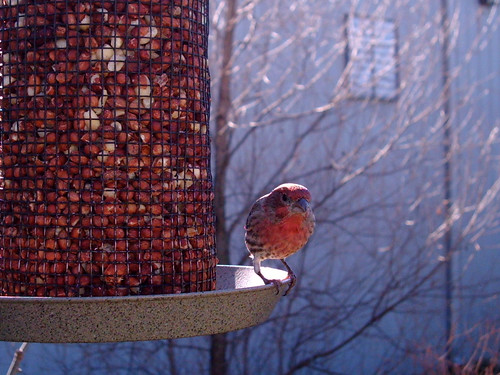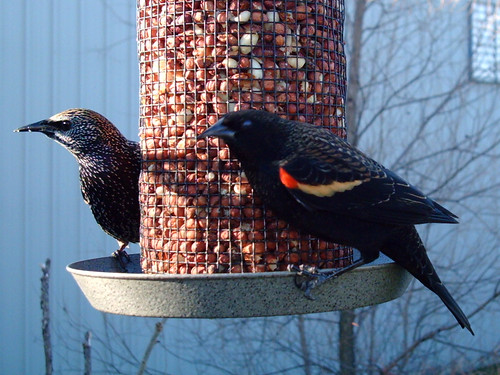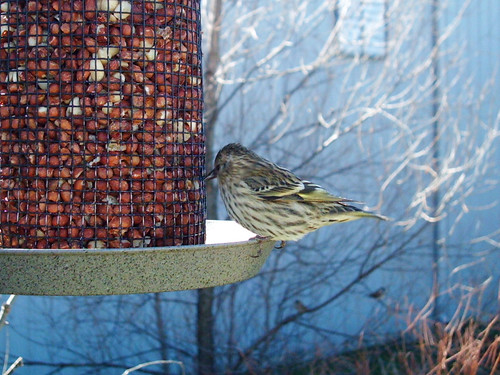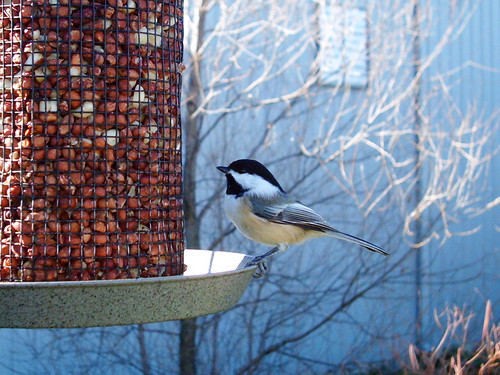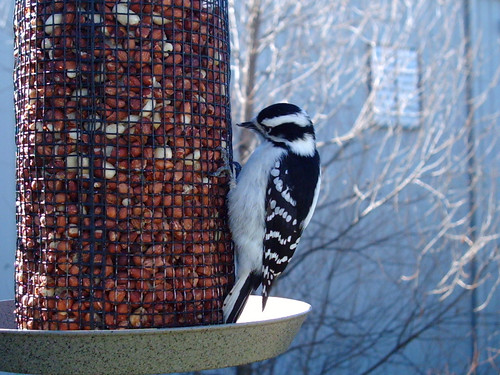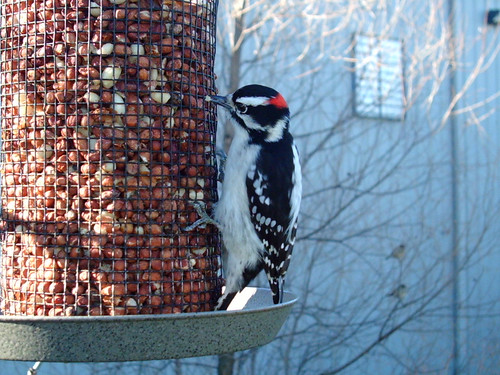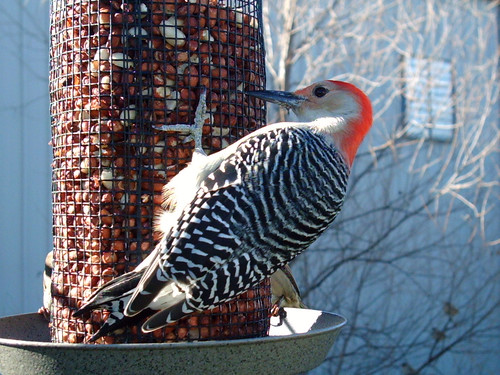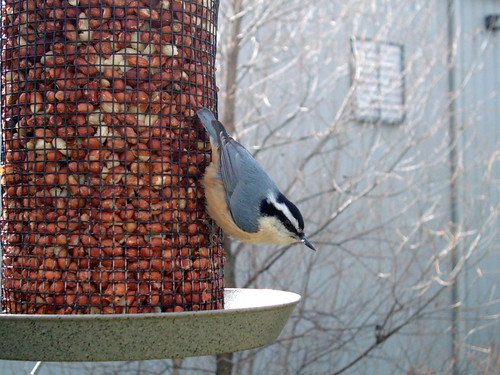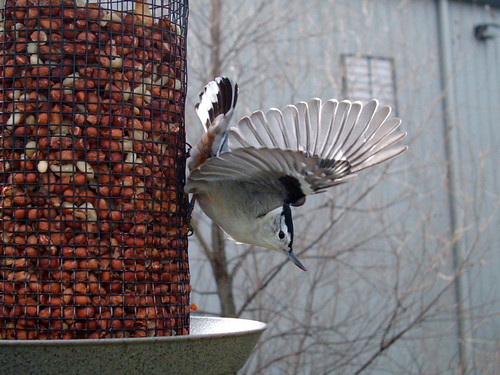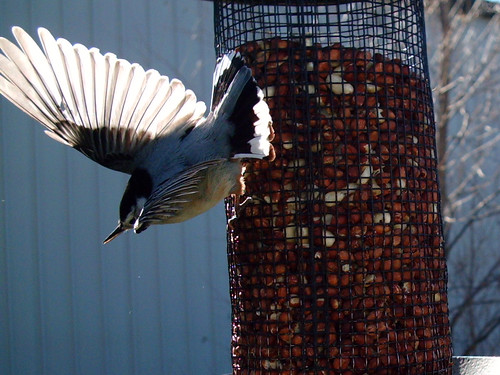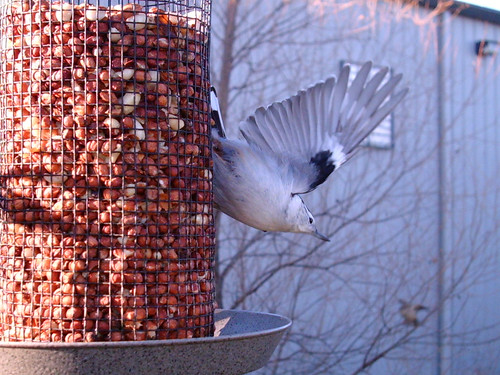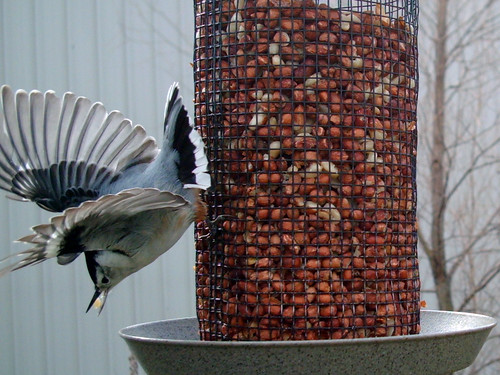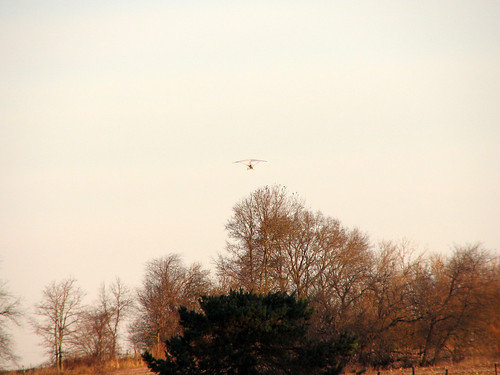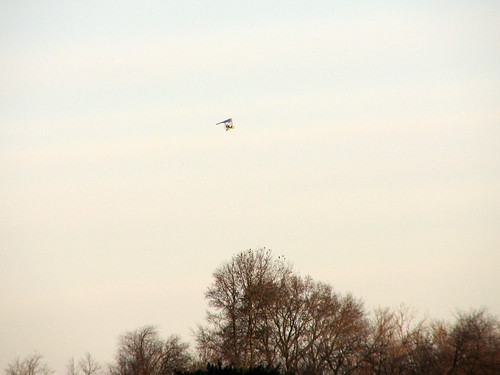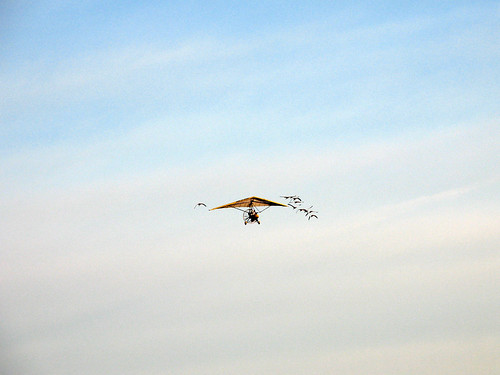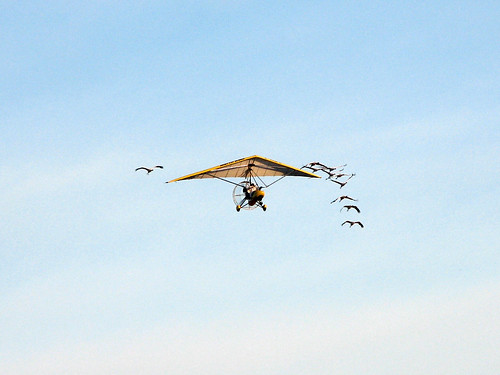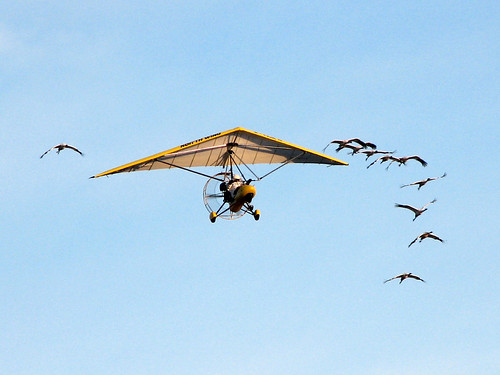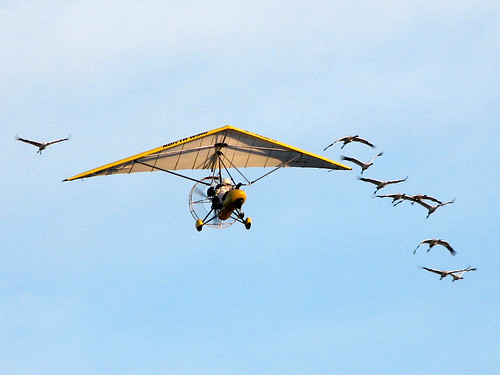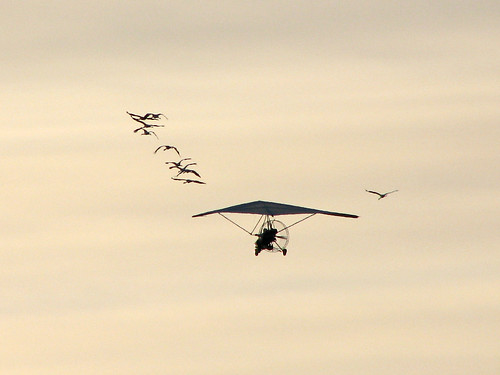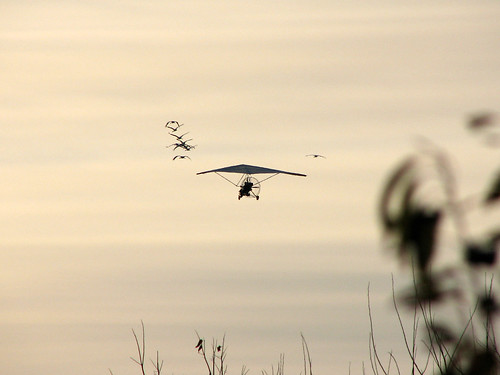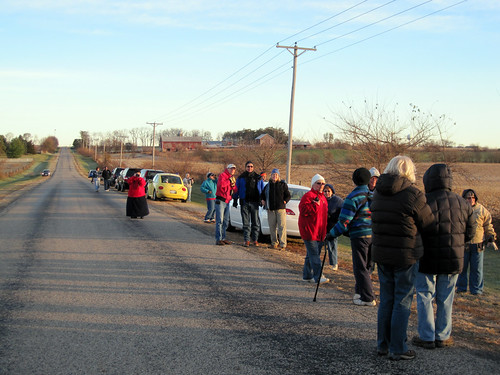There are so many worthwhile projects, organizations and initiatives set up to help birds. Non-profits working with wildlife are always in need of funding. Here are two really easy – and totally free – ways that you can help a couple of important bird conservation initiatives.
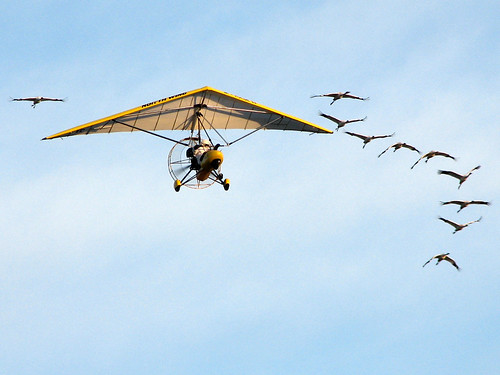
Operation Migration’s class of 2010 Whooping Cranes fly over Winnebago County, Illinois
Help Operation Migration: vote daily
You can help Operation Migration receive a $25,000 grant from Pepsi by voting for OM every day until the end of the year. The grant will be awarded to the two top projects; as of this writing OM was in 10th place (up from 72nd at the start of voting). Voting is easy! Visit the Operation Migration project page, and click on Vote for this idea. The first time you do this, you’ll have to register, which takes about 30 seconds. Then, return to the Operation Migration project page every day until December 31st to place your daily vote. You’ll have to enter your email address and password in each day, but it only takes a few seconds and your vote could be the one that pushes OM over the top! I have the page in my startup Firefox folder so I don’t forget to vote every day.
Help Spoon-billed Sandpipers: vote weeky
You can help save the Spoon-billed Sandpiper by voting in the Saving Spoony’s Chinese Wetlands campaign. BirdLife International is working to save the critically endangered Spoon-billed Sandpiper, which may be down to just 400 birds. The project is set to receive $25,000 from Disney’s Friends for Change initiative, which is fantastic. But the project has the chance to receive up to $100,000 from the Disney initiative, if they get the votes. Voting is easy! Visit the Spoony Needs Your Vote page on the BirdLife International blog to find your country’s link to the Disney voting page. You will have to create a Disney account if you don’t have one already (which was kind of annoying, I admit, but only took about 90 seconds to complete. You’ve got the time, do it!), and log in. Then place your vote for BirdLife International. It’s that easy! You can vote every week; voting started on November 29th but it’s not clear when the poll closes. Better just go back and vote each week as long as you can! I know I will.
Calling Spoon-billed Sandpiper (uploaded to YouTube by user phonescoper)






